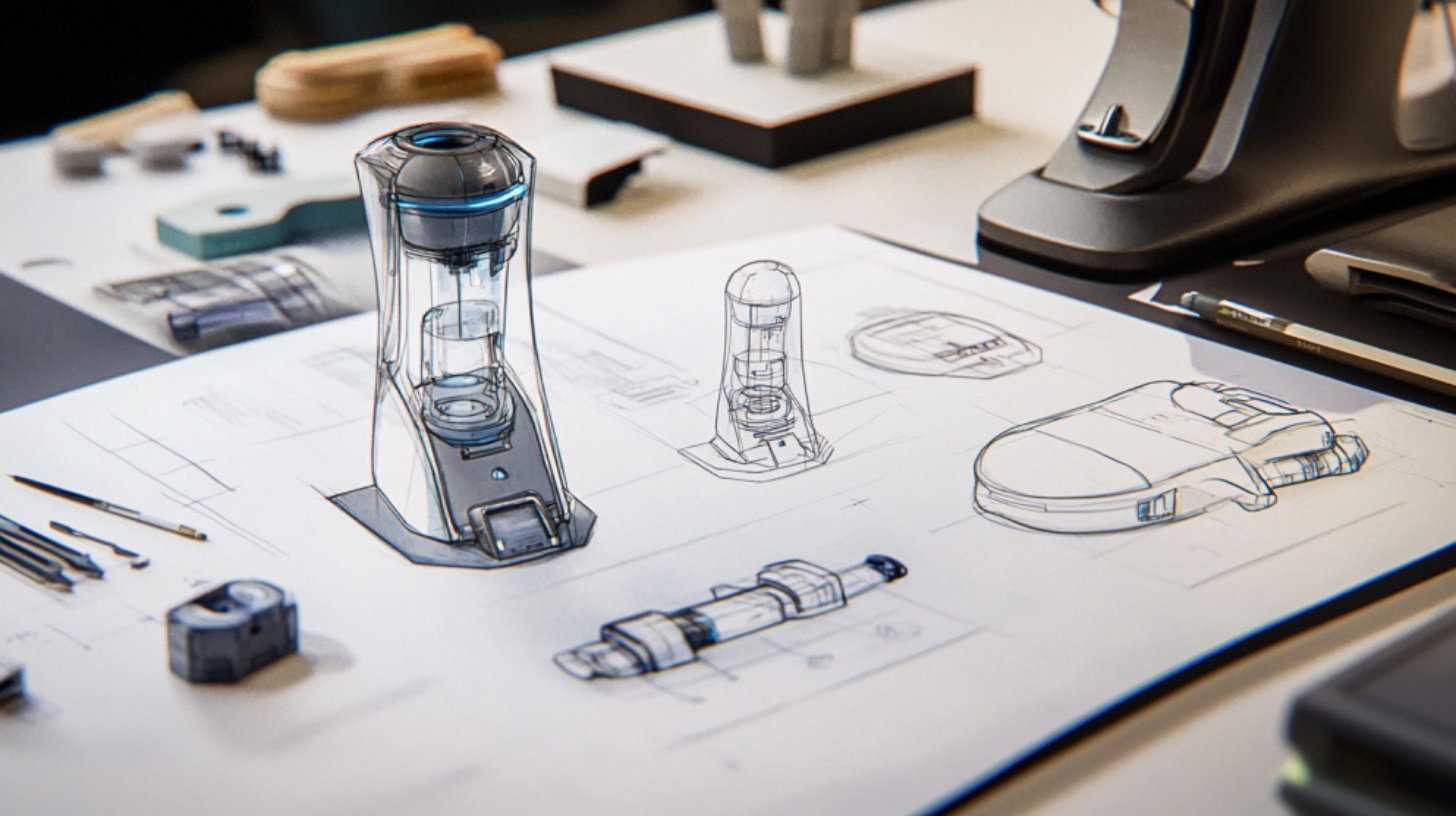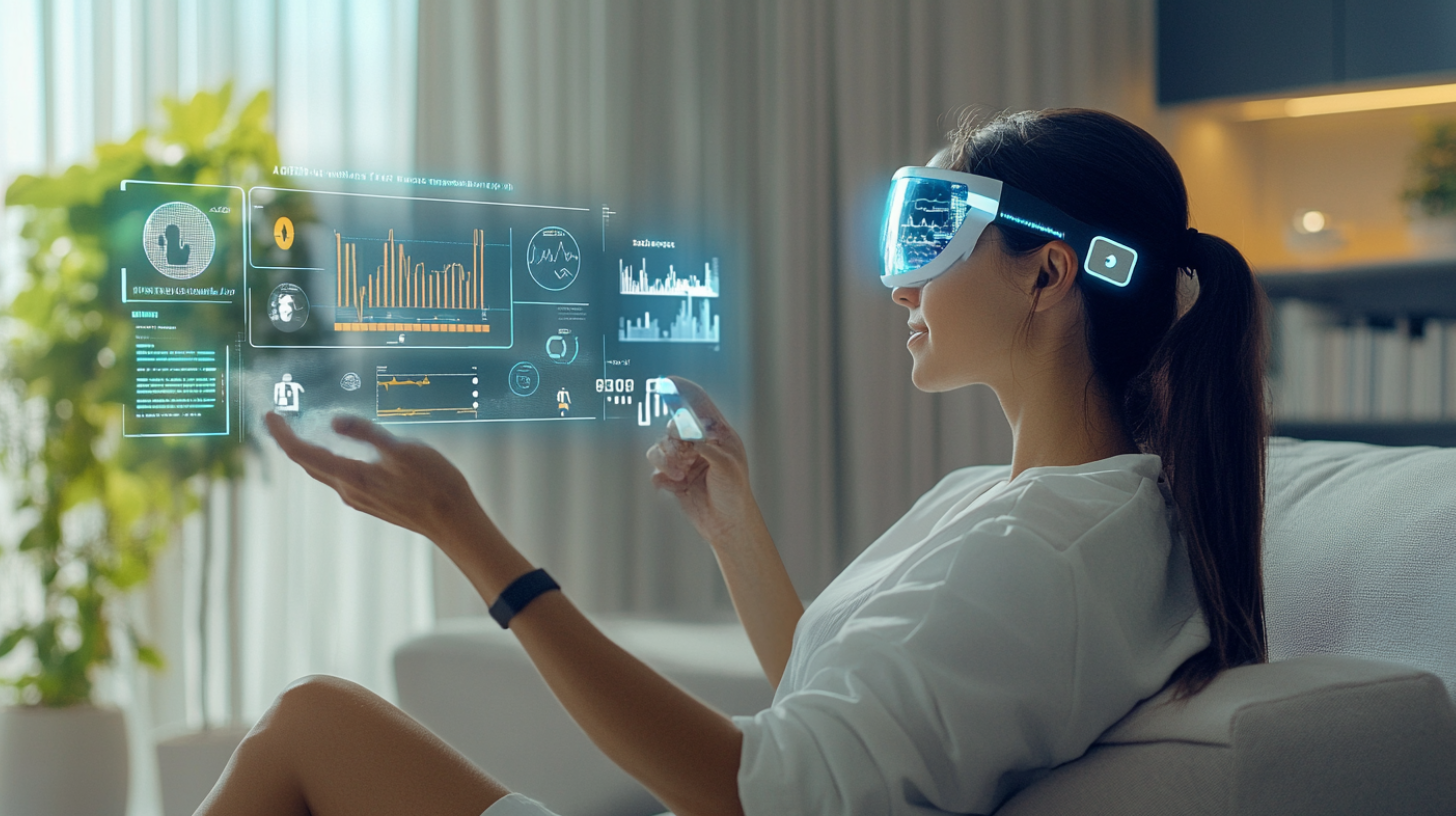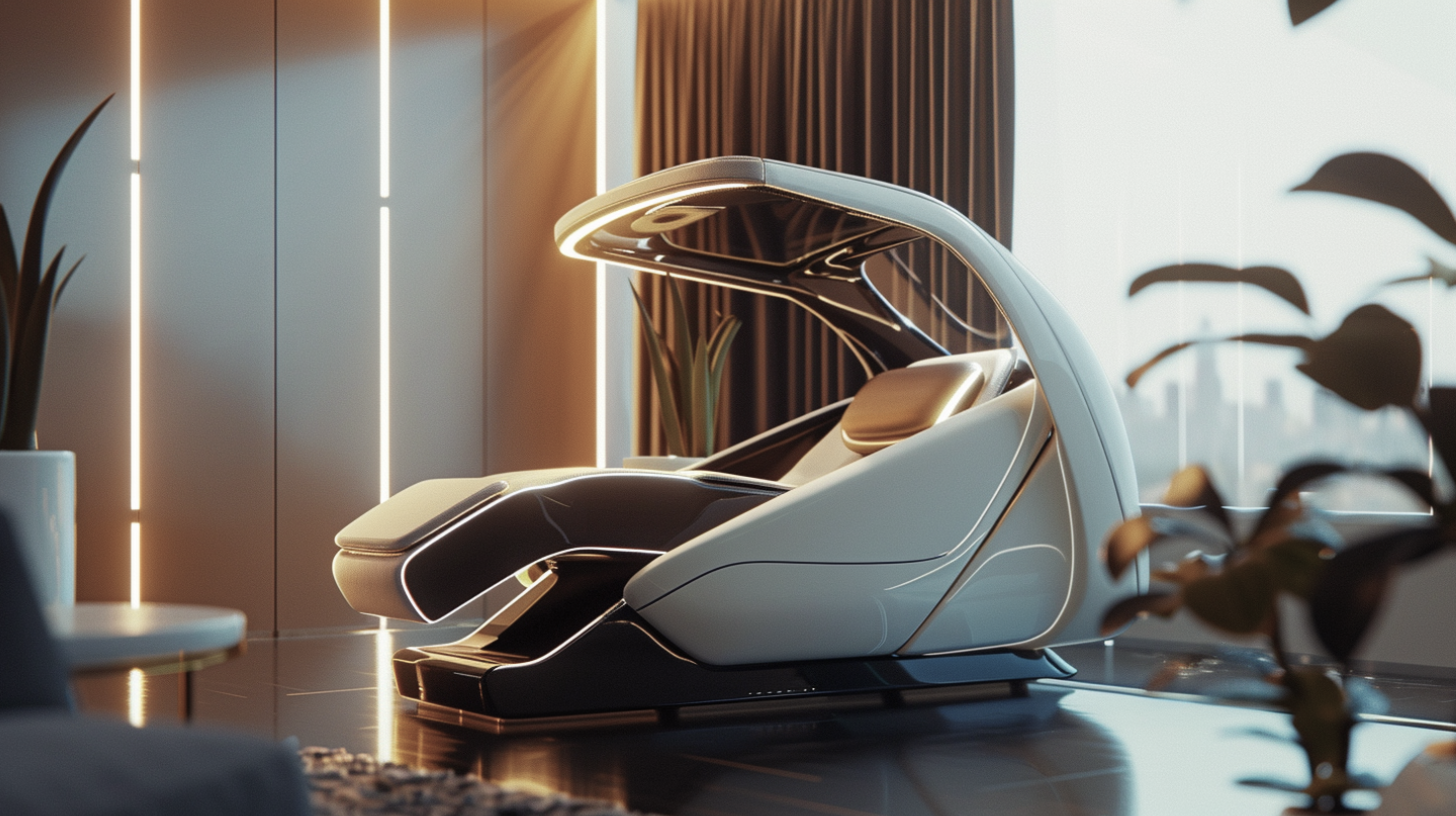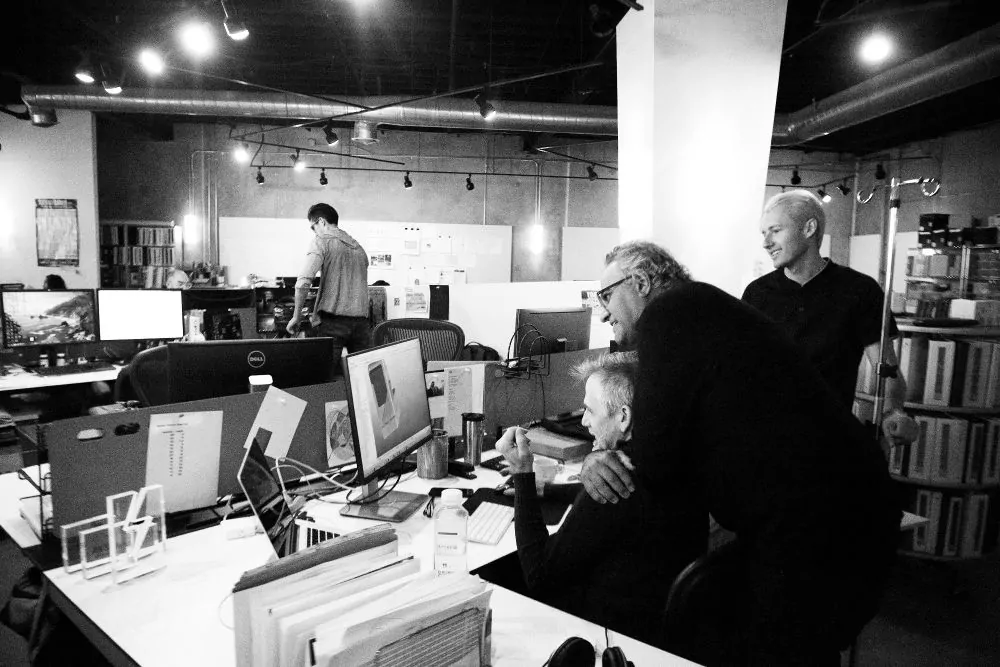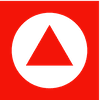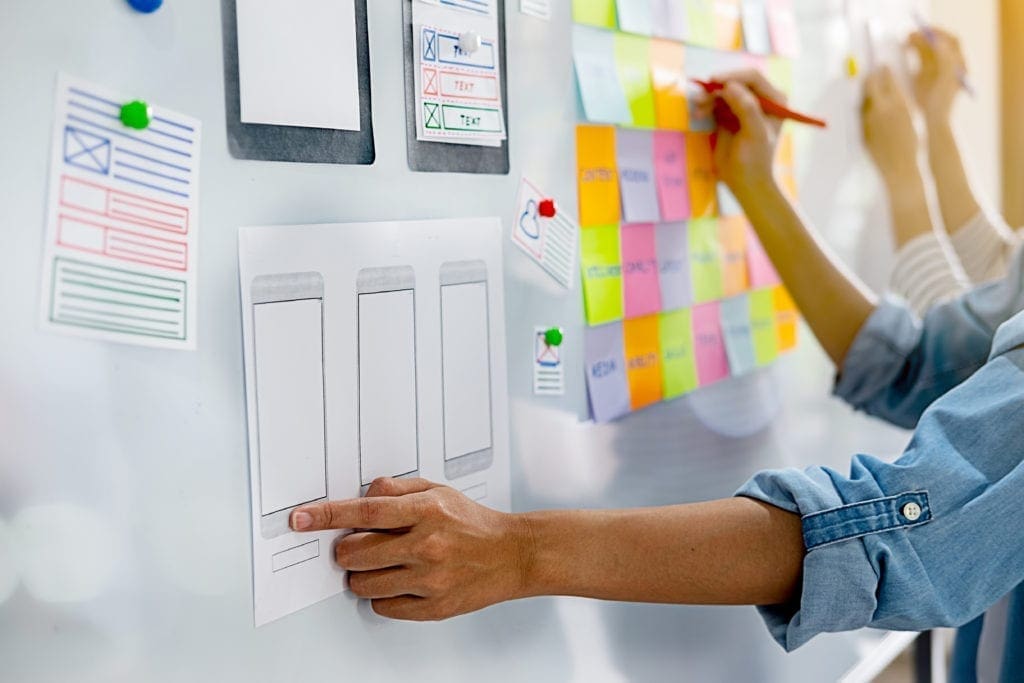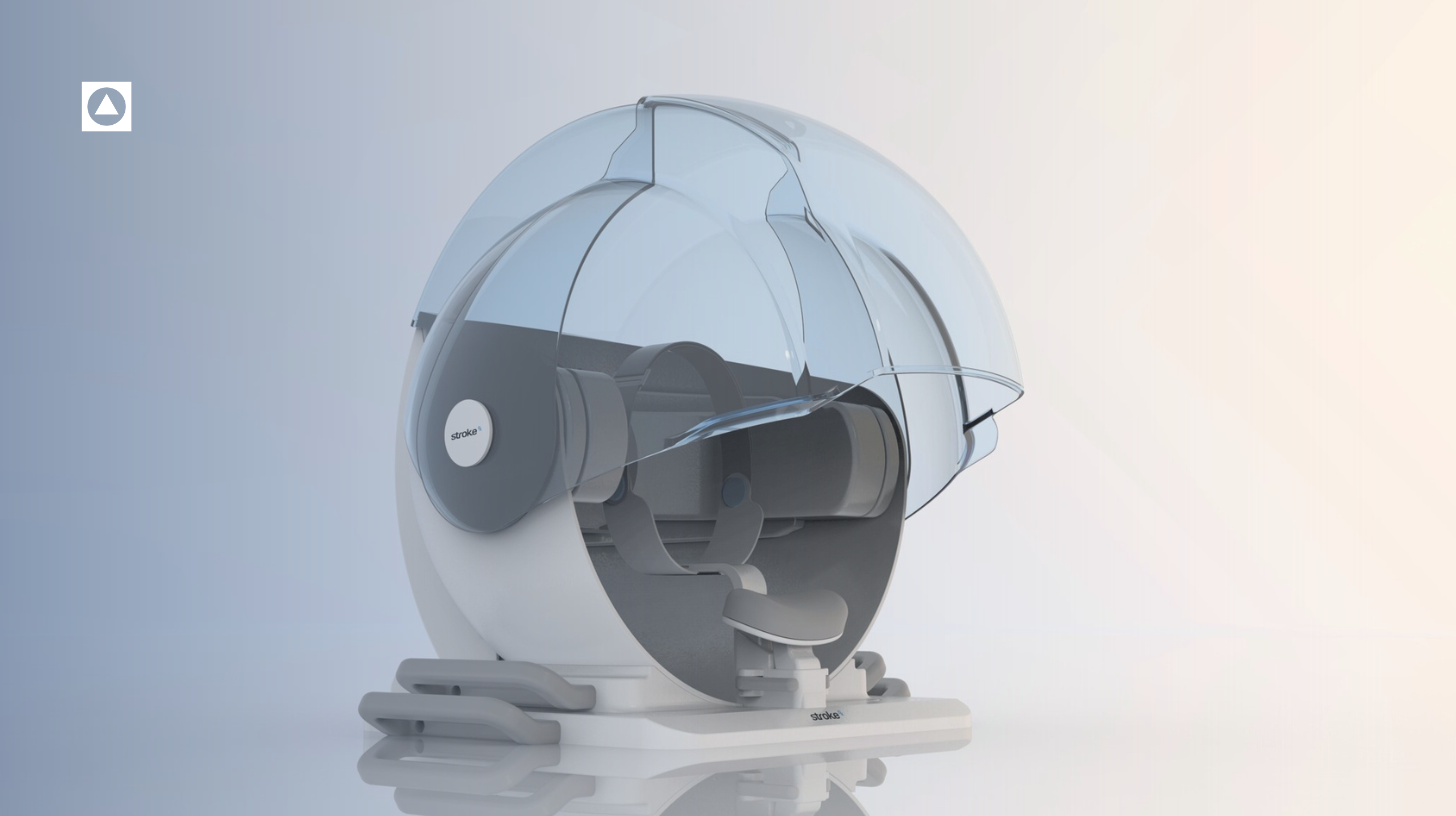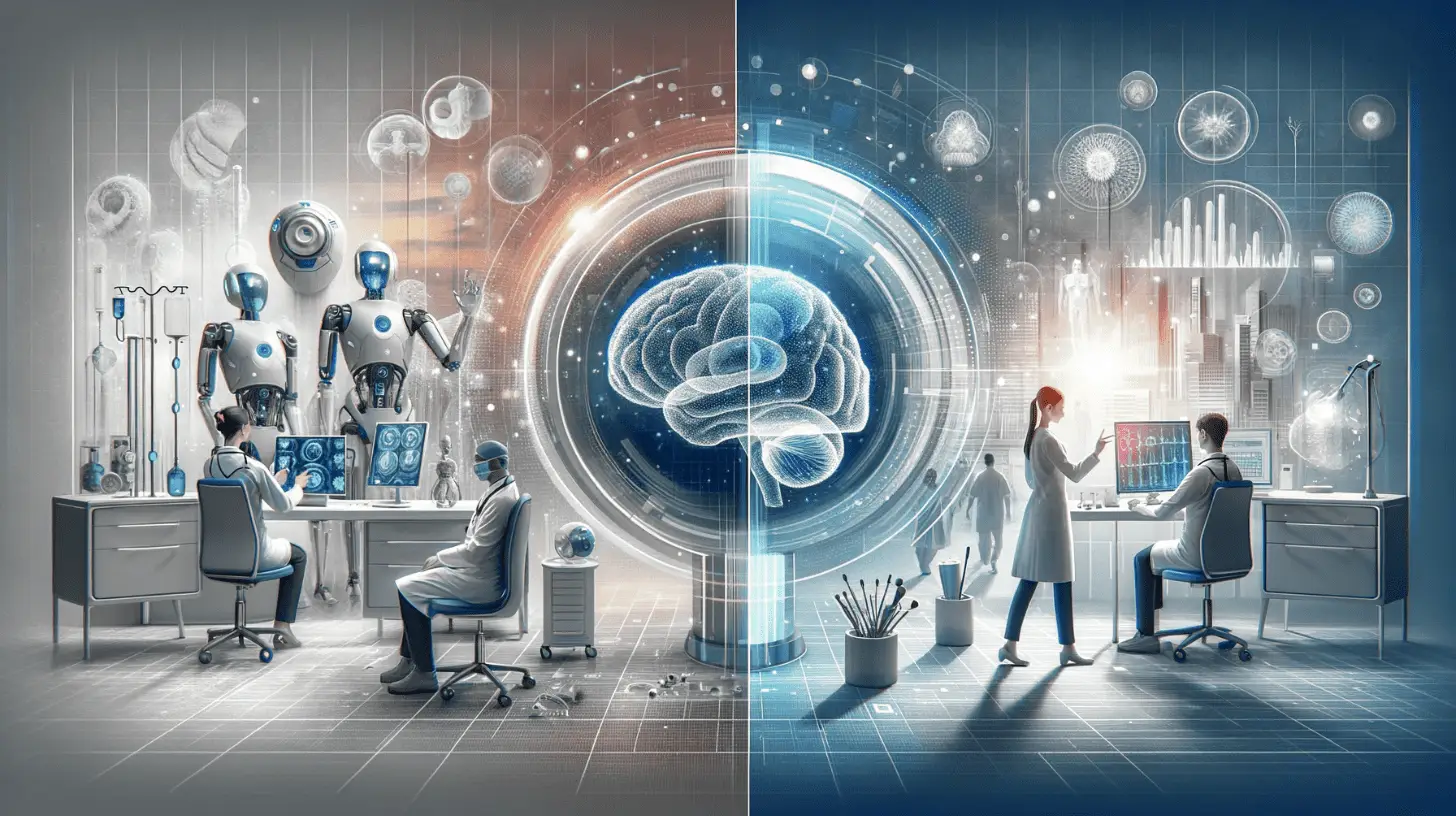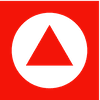For many UX design and UI design are synonymous, but this is the furthest thing from the truth. There are so many job listings combining in the two together, and this is a great disservice to the designers who fall specifically into one camp, rather than both. An easy way to break down the differences between the two can be found in the age-old adage: Form follows function. In this case UX is function, and UI is form.
Traditionally this means a separation of Engineers from Designers because they are specialized in one field rather than the other (now this does not mean that there is no cross over of skills, but rather that the individual has a better grasp of one end of the spectrum). For some reason, in the world of digital product design, this saying has been all but abandoned or forgotten. This is bad in two ways: for the design industry and at an even bigger scale, the end user of the products designed.
By forcing a designer who has better skills in either UX or UI to fill both pairs of shoes, one side of that product will be lacking in very noticeable ways and this only effects the people that are being designed for. The assumption that UX also only applies to digital products can lead to great pitfalls in otherwise great physical products. UX can not only elevate the experience of a physical product but also lead to new avenues of innovation that otherwise may not have been apparent in that product offering.
It is our responsibility to educate our clients so that they have a better understanding of the design process and why there are multiple disciplines within a design team. We must continue to guide them before, during, and after the design process so that they understand our needs and we understand their needs so we can best define how to leverage each other’s strengths. This is critical to ensure that the end consumer of our products is getting the best possible experience, time and again. Because that’s what its all about, right?

